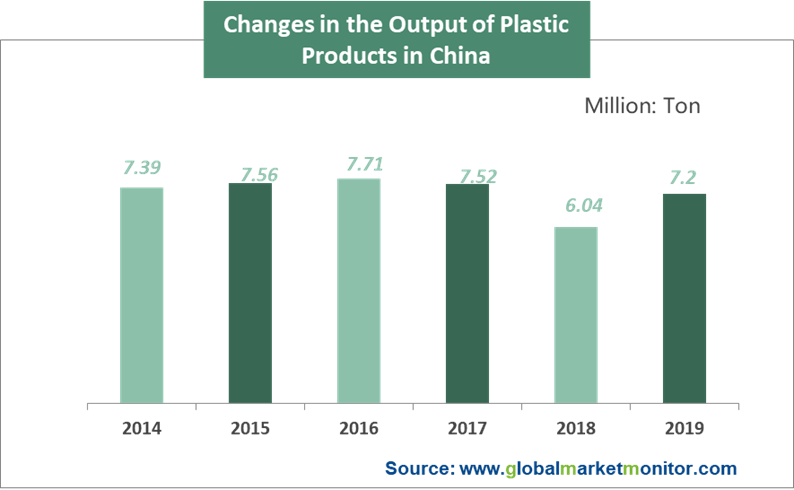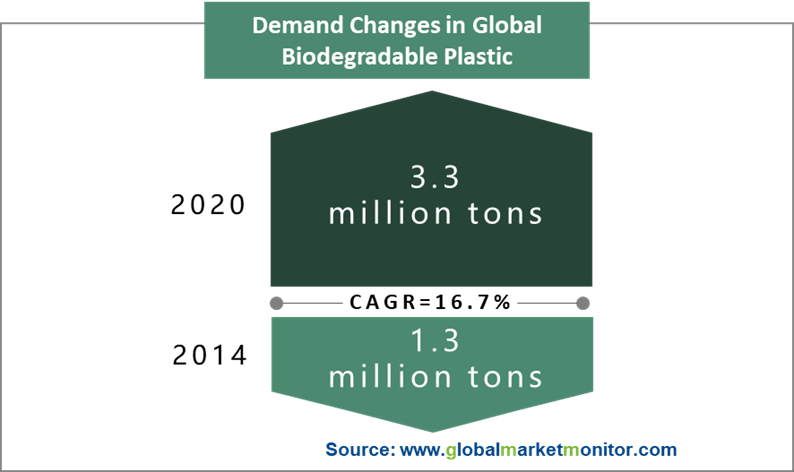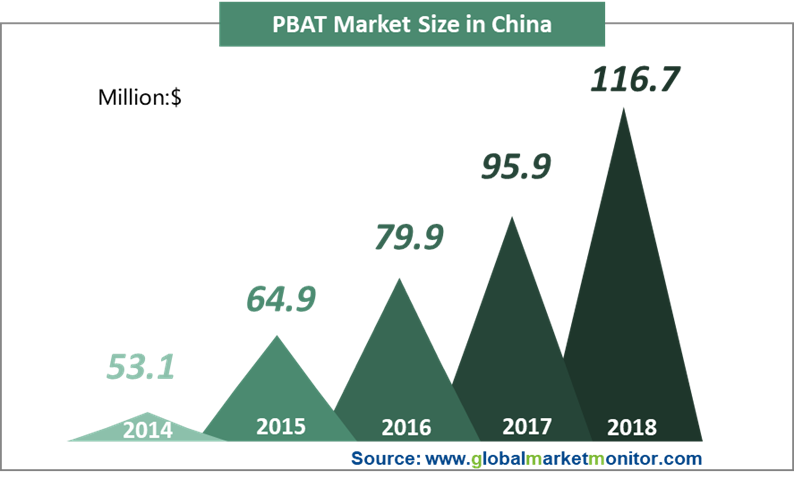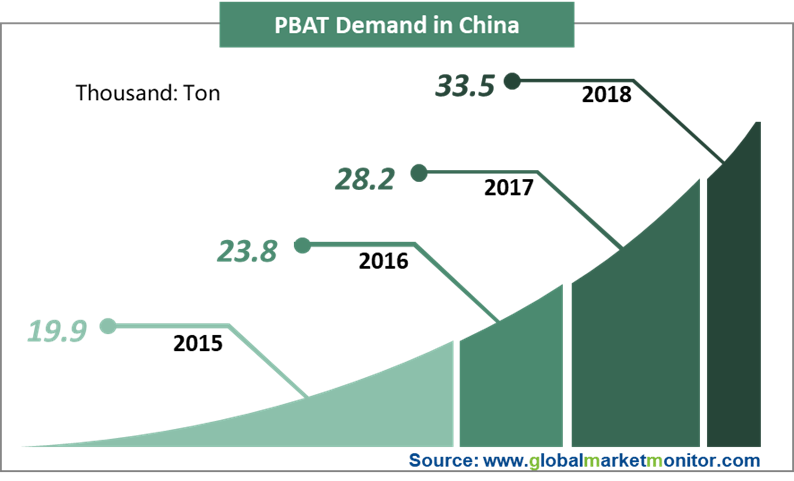Who Is the Most Important Player of Degradable Plastics?
Plastic waste poses serious threats and challenges to the global ecological environment. Among the plastics currently discarded worldwide each year around the world, the most is plastic packaging, accounting for 36%, most of which are disposable plastics, thrown away after just one use. Temporary tools for packaging items for the public have a lasting and irreversible impact on the ecological environment.
It Is Expected to Form A Long-TermSystemfor Plastic Management Through Policies
According to the policy, by the end of 2020, the production and sale of disposable plastic tableware is prohibited; By 2022, the consumption of disposable plastic products will be significantly reduced, so that alternative products will be promoted; By 2025, the management system for the production, circulation, and consumption, and recycling of plastic products has been established. The amount of plastic waste landfilled in key cities has been greatly reduced, to control the plastic pollution effectively.
Plastic Demand Has Not Decreased
There are more than 3 billion plastic shopping bags used in China every day, with a cumulative total of 4 million tons throughout the year. Besides, 2.46 million tons of agricultural films and about 2.6 million tons of express packaging and takeout lunch boxes. With the rapid development of express delivery and take-away business, the demand for plastics continues to grow.

Plastics can be divided into non-degradable plastics and degradable plastics according to degradation methods. Degradable plastics refer to plastics whose properties can meet the requirements of use and remain unchanged during the storage period, degraded into environmentally harmless substances under natural environmental conditions. Non-degradable plastics refer to those that are difficult to be degraded by microorganisms.
Biodegradable Plastics Have Become A Hot Spot for Degradable Plastics
Degradable materials can be generally divided into four categories, including photodegradable plastics, biodegradable plastics, and photo and biodegradable plastics, and water degradable plastics. Photodegradable plastics are decomposed under the influence of sunlight, combined with photosensitizers. However, decompose time is sensitive to outside sunlight and climate, so its use is limited. Biodegradable plastics refer to plastic materials that can degrade into small molecules such as carbon dioxide and water under the natural conditions of soil and sand. Such plastics are convenient for storage and transportation and have a wide range of applications. Light and biodegradable plastics are plastics that combine the dual characteristics of photodegradable plastics and biodegradable plastics. Water-degradable plastic is a kind of plastic that can be dissolved in water. It should be used in medical and sanitary appliances to facilitate destruction and disinfection. From the ecological point of view and the dual consideration of modern biotechnology, biodegradable plastics have become a new hot spot in contemporary research.

PBAT Is Expected to Become the MostimportantPlayer of Biodegradable Plastics
PBAT is one of the most active biodegradable plastics research and one of the best degradable materials in the market, which is a copolymer of PBA and PBT, with excellent features of ductility, heat resistance, and biodegradability. It is usually blended with PLA resin and modified into terminal products, used in plastic packaging films, agricultural mulch films, and disposable appliances.

The main raw materials of PBAT are PTA, 1,4-butanediol, and adipic acid. At present, PTA, 1,4-butanediol and adipic acid are all experiencing overcapacity in China. The development of PBAT helps to improve the problem of overcapacity in upstream industries, which can be seen that PBAT has a good raw material condition. Besides, the application conditions of PBAT are relatively mature. Because PBAT materials have high molecular thermal stability, low degradation rate, and large molecular space. At the same time, molecular chains have good flexibility, so PBAT materials have developed to flexibility, focusing on multiple varieties of switching. The PBAT biodegradable mulch film gradually reduced its toughness after 40 days of mulching, and began to degrade after 60 days. It will degrade in about 140 days, with a small amount of debris in the soil, which has no impact on the field operations of the next crops.

As an environmentally friendly material with good performance, PBAT can reduce the consumption of petroleum resources. With the deepening of research, the comprehensive performance of PBAT will be continuously improved, and the price of its products will be greatly reduced, and it will gradually replace traditional plastics to achieve sustainable development.


